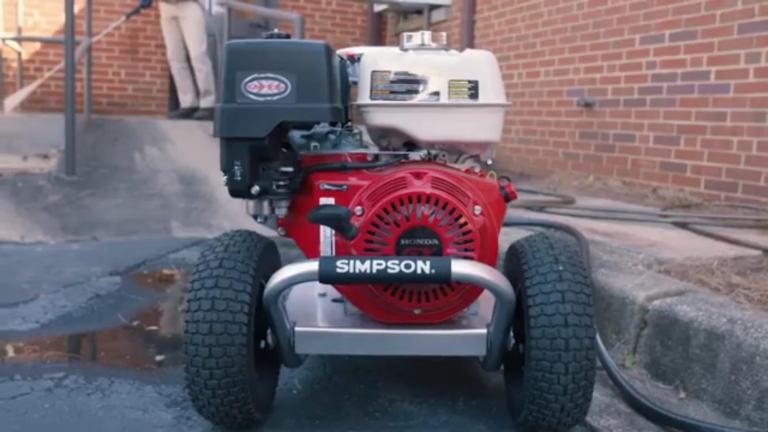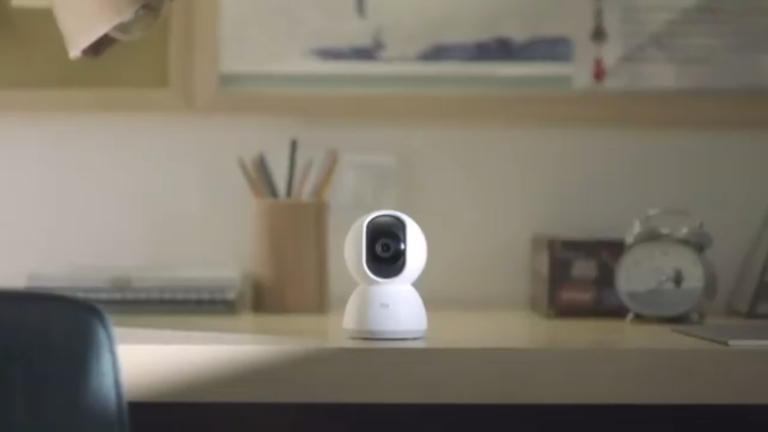Water Leak Detection Specialists Discuss Technology In Locating Hidden Leaks

In every home, there comes a time when things break down, and repairs need to be done. Some of the most common issues here in the UK are water leaks, which can be problematic if not resolved in good time. Water leaks lead to higher water bills than usual and cause degradation of your driveway and garden.
When there are internal water leaks from pipes, you can expect walls, floors, and ceilings to all get damaged.
If the leak occurs in a central heating system, the system ultimately fails, leaving you and your family without heat when you need it. Worse still, the leaks further attract swarms of insects, mites, and bugs that thrive in damp conditions in your floors and walls.
Here at ADI Leaks , we have even met homeowners whose children developed Asthma and other respiratory conditions as a result of damp walls
Ours is to help find all sorts of leaks in your home and property such as water pipe leaks, swimming pool and spa leaks, filtration system leaks, underfloor, and central heating leaks, you name it.
We have the latest equipment and technology needed to detect leaks under all types of internal floors; earth, wooden, concrete, and tarmac. We can also find leaks in open spaces and fields.
So how can you detect you have a leak?
You detect a water mains leak by spotting certain signs. Does your water meter spin even when all taps are closed and you have no appliances running?
Is your water bill extremely high even though your usage hasn’t drastically increased?
These are a few signs that you might either have a mains water leak or you could have an internal water pipe leak.
A pool leak could be detected if there is a drop in the water level.
When your filtration system starts pulling in air, it could mean there is a water leak in the system.
ADI Leaks has the expertise and technology to detect and find the source of leaks, both internal and external.
These are the four main methods we use to detect leaks
- Tracer gases – we use a safe mixture of nitrogen and hydrogen and introduce this gas in your pipes. This gas helps trace even the smallest water leaks since the gas molecules are lighter and smaller than water. From this point, our gas sniffers go to work and detect the precise location of the leak.
- Thermal imaging cameras – we use thermal imaging cameras to look for any warm or damp patches on your walls or floors to help identify the source of the leak. The cameras can scan through virtually any surface, and we can help detect leaks in homes and buildings. This makes it quicker and more efficient to detect leaks without digging up your floors or breaking down your walls.
- Acoustic listening devices – they work like ultra-sonic devices and can detect the exact location of the leak. They can help detect both external and internal leaks of up to 2.5 meters below the surface.
- Leak correlators – leak correlators are used when the leak is extensive and covers a large area such as a field, industrial park, driveway or private road. Correlators can pinpoint leaks of up to 600 meters using electronic pulses. This helps quickly identify the source of the leak
Once we identify the source of the leak; the next step would be to access and repair the leak to resolve the issue. This is where invasive techniques come in to sort out the issue, and you can be assured that the least amount of damage will be caused in rectifying the leak. We will do our best to keep it at a minimal level.
Once the leak has been fixed, we test the system to ensure the leak has been fully fixed and there are no further leaks.
Summary
At ADI Leaks, we offer our years of expertise in leak detection and repair to ensure you get the very best service. We give insurance approved ‘trace and access’ report; if you are covered, then you can be fully reimbursed for the repairs you make. Call us today on 0800 731 3843 for further inquiries.


